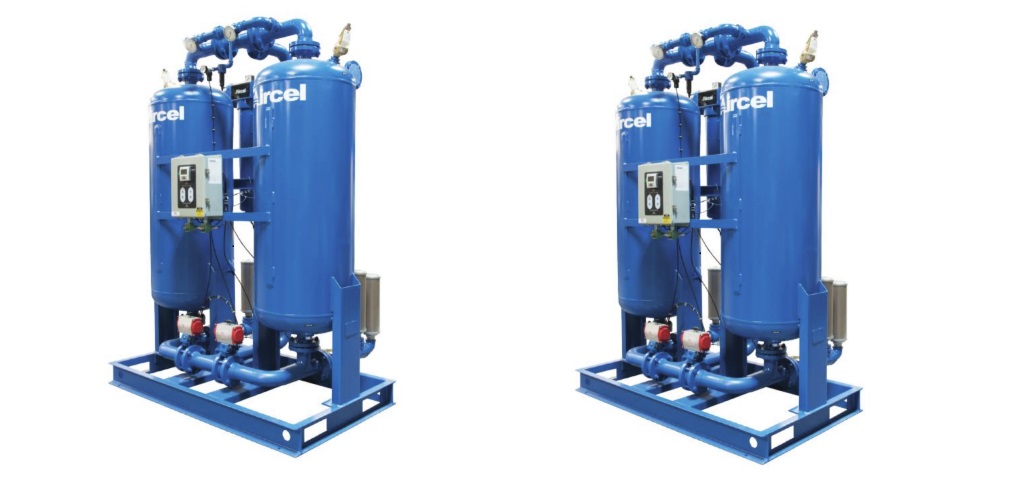Like any complex system with many sensitive moving components reliant on factors that are susceptible to fault at very low tolerances, compressed air systems that serve industrial applications are not without their issues.
Across the many industries (from primary metal products to the automotive industry and everything in between) that utilize compressed air systems as a power source for machinery, pneumatic tools, and more, these are some of the most common problems experienced.
Low Air Pressure
Low air pressure is one of the most common affiliations facing compressed air systems. Low pressure often manifests as machinery or tool failures. A low-pressure issue in a compressed air system can also inhibit the efficient use of pneumatic tools, even if it doesn’t incapacitate them outright.
One of the most common reasons for low pressure in a pneumatic system is excessive demand on the system. If that is the case, there are two main options to rectify the issue. One is to decrease demand or stagger the use of pneumatic machinery or tools so that the system can handle the workload. The other straightforward solution is to add compressor capacity.
Poor Compressed Air Quality
Poor quality of compressed air can also be a serious issue for systems that rely on air power, disabling equipment, causing inefficient operation, or causing extensive damage due to contaminant exposure (such as oil or water).
Poor air quality can arise from lack of maintenance, for example, by failing to routinely replace system air filters. Overtaxed filters may tear or break, allowing further contaminants into the system.
Inoperable drain valves or drain valves that have become occluded can also compromise the quality of the air in a compressed air system. If they are inoperable, the quality of the compressed air will diminish over time or pressure will be lost. If they are blocked, the effect is the same, making it impossible for the valve to release condensates.
On the note of condensates, air quality will also suffer if the compressed air has not been adequately dried before being used to power the system.
Why Compressed Air Must Be Dehydrated before Being Used in a Compressed Air System
Atmospheric air contains moisture and a number of other contaminants, but as it respects compressed air systems, water is among the most insidious of these.
When air is compressed, much of its water content will condense out of the air, where it can pose a wide range of dangers to pneumatic systems. Excessive moisture in compressed air can result in water hammering, which can damage equipment and compressed air pipes. It can also hasten corrosion of machinery, tools, piping systems, and fittings.
Because of this, compressed air must be dried using a system known as a compressed air dehydrator, which typically through either the process of absorption or adsorption allows the moisture to be removed from the air before it can be used as a power source. Drying wet air from air compressors before using it as a power source will also extend the service life of pneumatic machinery and tools.
Adsorption dehydrators are also known as regenerative dryers because once the desiccants they contain become saturated they can be “regenerated” and used over and over again. Adsorption desiccants dissolve when they absorb moisture and drain to the bottom of the vessel so they must be replenished or refilled as the absorbent is consumed.
Learn More about Compressed Air System Dehydrators at Air & Vacuum Process, Inc.
Interested in learning more about compressed air dryers and air treatment? Visit Air & Vacuum Process Inc., online at AirVacuumProcess.com or contact their customer service team directly at 866-660-0208.



